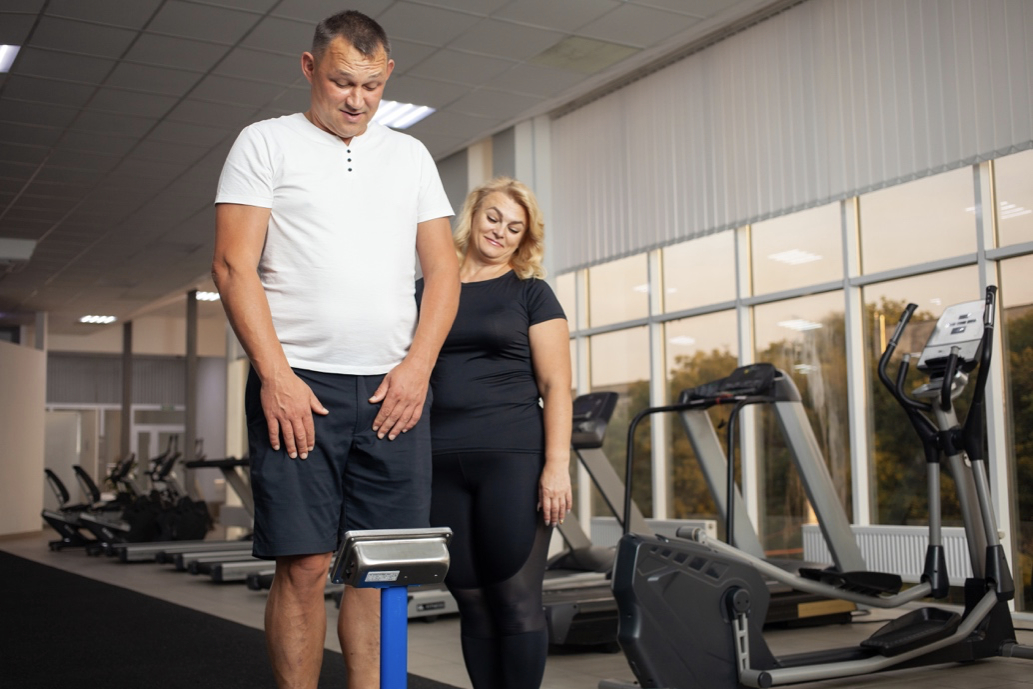Do you find yourself sitting on the couch, mindlessly staring at the television and reaching into a bag of chips or box of cookies? Mindless snacking and mindless eating can cause you to consume a large number of calories in a short amount of time. If you’ve noticed the numbers on the scale climbing and are unsure why, mindless eating could have something to do with it. Our tips can help you overcome this habit.
Visual cues
Various experiments have tested the theory that relying on external, visual cues when eating is more effective than relying on internal cues. For instance, participants eating from a bottomless bowl of soup that refilled as they ate consumed more soup yet did not report feeling fuller than their counterparts who ate a set serving size. A similar experiment was conducted using chicken wings. Seeing the chicken bones as they accumulated helped individuals eat less. A meaningful lesson is to be learned from these experiments: visual reminders of how much you’ve eaten can help you remain mindful of what you’ve eaten.
Portion size
Take a look at the portion sizes you are consuming. Typically, when individuals serve themselves, they eat most of the food on their plate. Giving yourself smaller servings, or using smaller plates to make the servings look larger, can help you control mindless overeating.
Don’t buy trigger foods
Do you have specific trigger foods that you know you can easily overeat? Avoid the temptation to overeat by simply not buying them or hiding them in the pantry. If the goodies are hidden, the concept of “out of sight, out of mind” applies.
Limit variety
Sensory-specific satiety is the idea that our senses become numb to repeat exposure of the same flavor. If a new food is introduced, our appetite is restored. This phenomenon, which mainly applies to junk foods, reinforces the idea that having a wide variety of foods in one meal can cause you to overeat. This especially comes into play at get-togethers, like holiday parties, and buffet-style eating. Avoid mindlessly eating by stick to one or two dishes.
Avoid convenient eating
Individuals typically snack more when they have easy access to snacks, such as a drawer of quick, easy foods in their desk at work. On the contrary, individuals are less likely to overeat if they have to prepare the snack and sit at the table to consume it. Preparing the food can be a deterrent to some, and it makes others think twice about whether they are truly hungry, or if they just want to snack mindlessly.
Practice mindful eating
This may seem like a no-brainer, but the best way to curb mindless eating is by embracing mindful eating. You can do this by eating slowly, taking your time as you chew each bite, thinking about and savoring the flavor and texture of each bite of food, and setting down your utensil between each bite. Slowing down the eating process allows your brain time to process if you are truly full. You can even try eating with your non-dominant hand to really slow down the process. Be sure you also eat at the table, rather than mindlessly tuning into the television.
For more tips for success, visit: https://www.www.lapband.com/tips-for-success/


